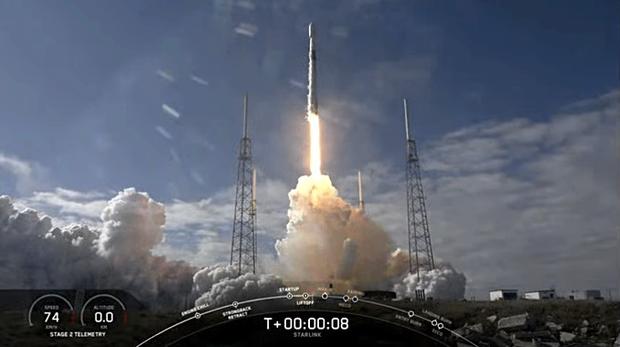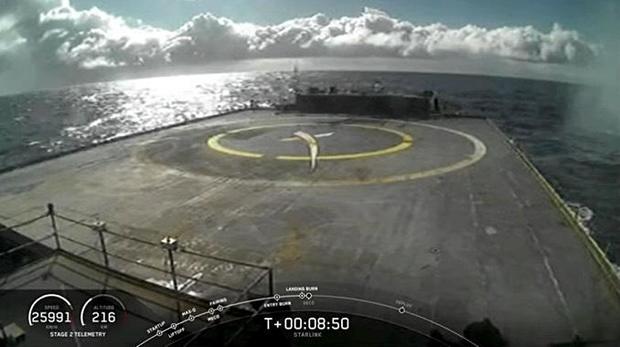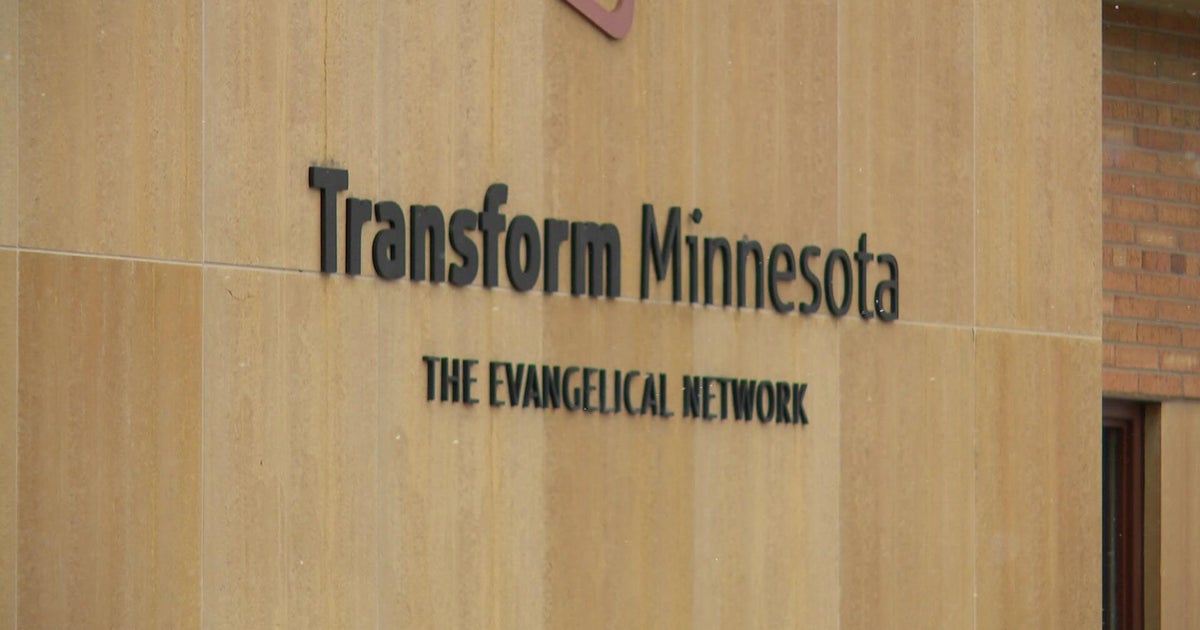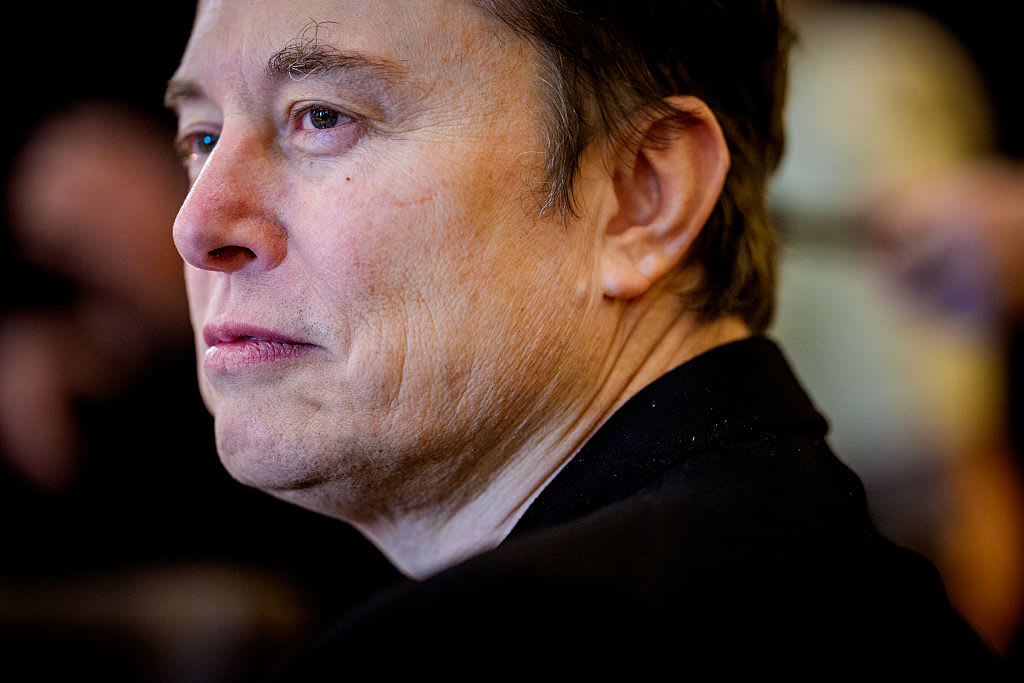SpaceX launches 60 more internet-beaming satellites — but rocket booster misses landing on drone ship
A SpaceX Falcon 9 rocket with a thrice-flown first stage vaulted into space Monday, releasing a fifth set of 60 Starlink internet relay satellites in an ongoing commercial initiative to provide broadband access around the world. Initial service across parts of North America is expected later this year after more than 700 satellites are in orbit.
Running a day late because of work to troubleshoot a valve in the rocket's second stage, the Falcon 9 roared to life at 10:05 a.m. EST and vaulted away from pad 40 at the Cape Canaveral Air Force Station. It was SpaceX's third Starlink mission this year and its fifth overall.
As usual, SpaceX attempted to recover the rocket's first stage, but the booster missed its target, the drone ship "Of Course I Still Love You," and instead landed in the water nearby. A company spokeswoman said the booster made a "soft landing" in the ocean and "might be in one piece," but it was not known if it could be recovered or towed back to port.
SpaceX has carried out 49 successful booster recoveries to date. Monday's miss was the company's first drone ship recovery failure since June 2016 and its second overall in the past three-and-a-half years.
But recovering boosters is a secondary objective. The primary goal of the mission was accomplished about 15 minutes after launch when the 60 satellites stacked inside the rocket's payload fairing were released. After tests to verify good performance, all 60 will use on-board thrusters to reach their operational 342-mile-high circular orbit.
SpaceX hopes to begin offering satellite internet access in the northern U.S. and Canada later this year, after 12 launches to put 720 satellites into orbit. The company has regulatory approval to launch more than 12,000 of the 573-pound relay stations.
Another company, OneWeb, launched 34 internet satellites on February 6, boosting the company's total to 40. OneWeb also plans to being initial service this year and could launch nearly 2,000 depending on demand.
The advent of large satellite constellations has alarmed astronomers, who worry reflected light will interfere with deep observations by the world's largest telescope and because radio transmissions to and from the relay stations could affect the performance of sensitive radio telescopes.
In a report released February 12, the International Astronomical Union provided an assessment of the threat, saying "apart from their naked-eye visibility, it is estimated that the trails (in time exposures) of the constellation satellites will be bright enough to saturate modern detectors on large telescopes."
"Wide-field scientific astronomical observations will therefore be severely affected," the IAU wrote. "In theory, the effects of the new satellites could be mitigated by accurately predicting their orbits and interrupting observations, when necessary, during their passage. Data processing could then be used to further "clean" the resulting images."
Even so, the IAU concluded, "the large number of trails could create significant and complicated overheads to the scheduling and operation of astronomical observations."
For its part, SpaceX is testing a coating intended to reduce the visibility of Starlink satellites and OneWeb officials have said they will do what they can to minimize the impact. In the meantime, launches will continue as the companies build out their constellations.
"The IAU stresses that technological progress is only made possible by parallel advances in scientific knowledge," the IAU said in its assessment. "Satellites would neither operate nor properly communicate without essential contributions from astronomy and physics. It is in everybody's interest to preserve and support the progress of fundamental science such as astronomy, celestial mechanics, orbital dynamics and relativity."







